The death of the greatest Polish king and the most famous victory of the Polish fleet. The outbreak of the October Revolution and Poland regained its independence. The first relief of Vienna and the slaughter of Prague. What do these events have in common? They all took place in November.
As usual, all TOP10 items come from articles published by us. You can find more anniversaries every day on the "Historical Curiosities" page and on the Facebook profile "Historical anniversary for every day".
What are the November dates you should remember?
November 2, 1794
On November 2, 1794, the defense of Prague began. Tomasz Wawrzecki, the head of the insurrection after Kościuszko was taken prisoner, defended himself with Polish and Lithuanian troops against Prussian and Russian troops. After three days, the enemy's twice-numerous forces launched a violent assault. The Poles could not withstand the attack and Prague was conquered. Most of the defenders died. There was also a slaughter of the civilian population.
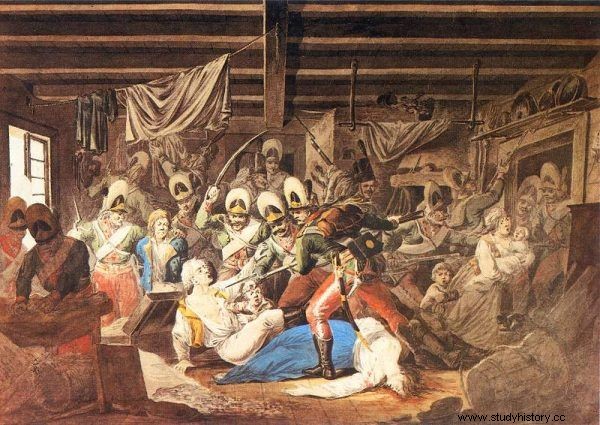
This is how the slaughter of Praga was painted 16 years later by Aleksander Orłowski.
November 5, 1370
On November 5, 1370, Kazimierz III the Great, the last king of Poland from the Piast dynasty, died in Krakow. Although he was married four times, he was extremely unlucky - he had only daughters, and none of his illegitimate sons could inherit the throne. Bad luck also accompanied his father, Władysław Łokietkowo, whose road to the throne was long, arduous and did not bode well.
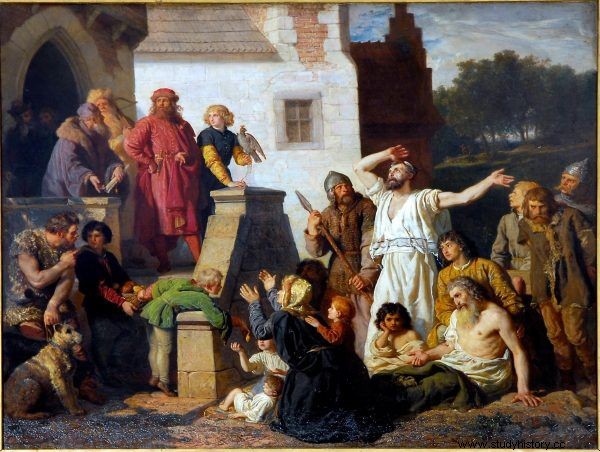
Casimir the Great in Wojciech Gerson's painting from 1874, "The Party of Jews".
November 7, 1917
On November 7, 1917, the October Revolution broke out in Russia. For the second time in a year there was a change of power in Russia, but this time the new regime was to last a long time. The main architect of the revolution was a man who was regarded by some as an intriguer, by others as an influential arms exporter, and by others as a mere fat capitalist. And it is not about Vladimir Lenin at all….
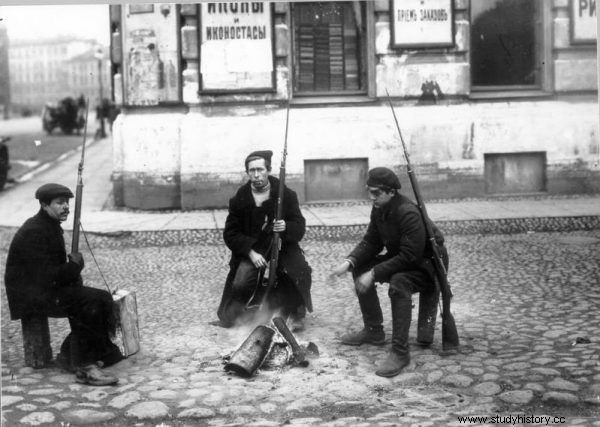
The Red Guards in Petrograd in November 1917.
November 11, 1918
On November 11, 1918, Poland regained its independence after 123 years of partitions. The people of Congress Poland, overwhelmed by euphoria, proceeded to disarm German soldiers. Among the most active participants of these events were members of the PPS Combat Emergency Service. Before that happened, however, the fighters gave the occupiers a hard time. When Hitler came, the Poles were already well prepared for the German invasion.
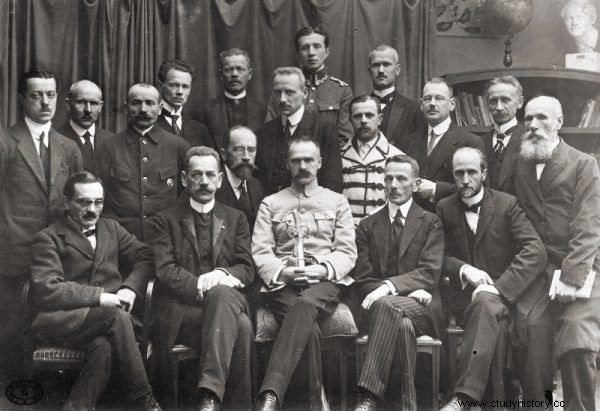
Józef Piłsudski on November 18, 1918 with members of the government of Prime Minister Jędrzej Moraczewski - the first appointed to this function after Poland regained independence.
November 16, 1940
On November 16, 1940, the German occupation authorities closed the Warsaw ghetto and isolated it from the rest of the city. Among the thousands of Jews confined there was a 16-year-old US citizen, Mary Berg, the author of extraordinary journals describing the fate of those condemned to extermination. She was one of the many children who left behind testimonies about the Holocaust.
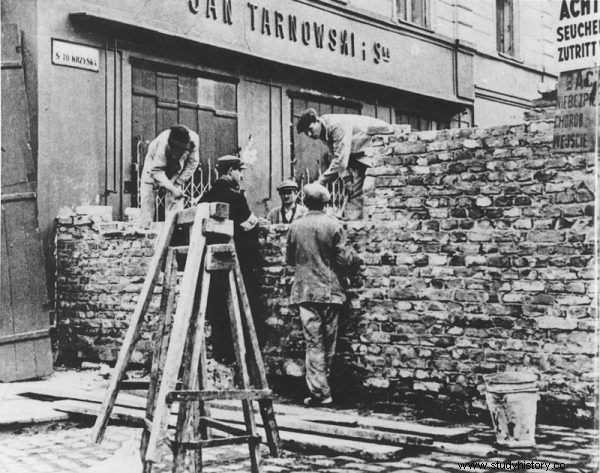
Construction of walls around the ghetto on Świętokrzyska Street in August 1940.
November 20, 1700
On November 20, 1700, the Swedish army of 18-year-old King Charles XII defeated the Russian army at the Battle of Narva (now Estonia). The clash was one of the most important events of the Third Northern War, during which the greatest burden of fighting with the Swedes and Russians was borne not by the soldiers, but by the mass murder of Polish peasants.
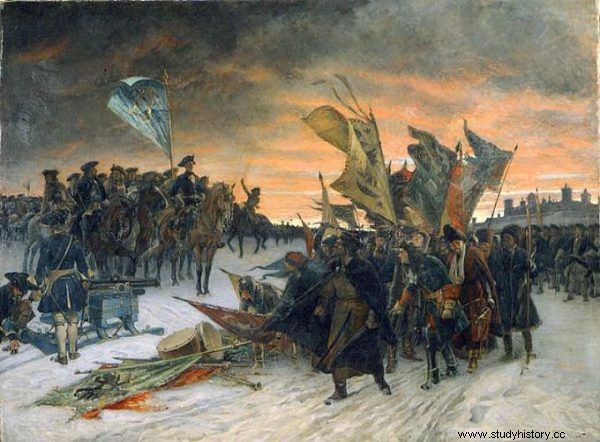
The Battle of Narva in the painting by Gustaf Cederström.
November 22, 1963
On November 22, 1963, US President John Fitzgerald Kennedy was shot dead in Dallas. However, he was close to death 20 years earlier, when he fought in the Pacific as the captain of a torpedo boat. Rammed by a Japanese destroyer, it brushed to death in the sea waves ...
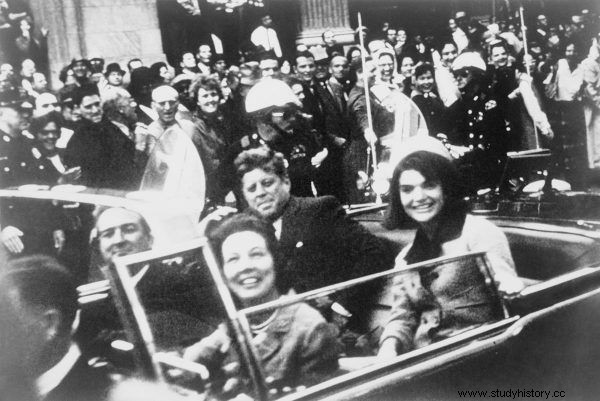
The president's car just before the bombing in Dallas. Photo by Victor Hugo King.
November 23, 1619
On November 23, 1619, a battle took place near the town of Humenne (today in Slovakia). The cavalry of the Lisowczyk family, which, with the quiet permission of King Sigismund III Vasa, crossed the Carpathians, clashed with the Transylvanian troops of Jerzy Rakoczy, who supported the besieging Vienna, Gabor Bethlen. Polish Victoria saved the Habsburg capital for the first time, and the battle went down in history as the first Viennese relief.
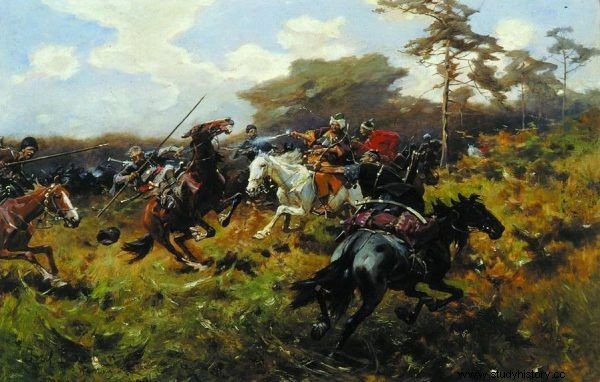
The Battle of Humenne in the painting by Józef Brandt
November 26, 1951
On November 26, 1951, a "slight" border adjustment was made between Poland and the Soviet Union. In exchange for the coal-rich "Bug's knee" we received a scrap of the Bieszczady Mountains. We lost billions of dollars on this transaction and gained beautiful views. What's more - officially it was the Polish side that initiated this exchange! Was it worth it?
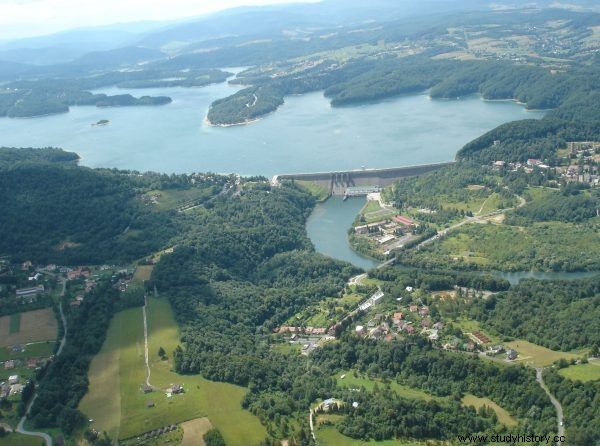
As part of the exchange, Poland received a piece of the Bieszczady Mountains, where a dam and an artificial reservoir were built in Solina in the 1960s.
November 28, 1627
On November 28, 1627, a sea battle was fought at Oliwa between the Polish fleet commanded by Adm. Arenda Dickmann and the Swedish squadron blocking Gdańsk, adm. Nils Stiernskold. Polish forces defeated the great Swedish navy, winning a huge propaganda and moral victory. The tangible result of the battle was the removal of the Swedish blockade of Gdańsk.
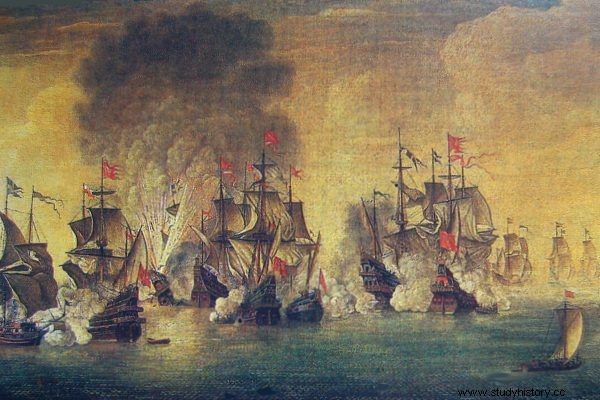
The Battle of Oliwa in the painting by Stefan Płużański.
